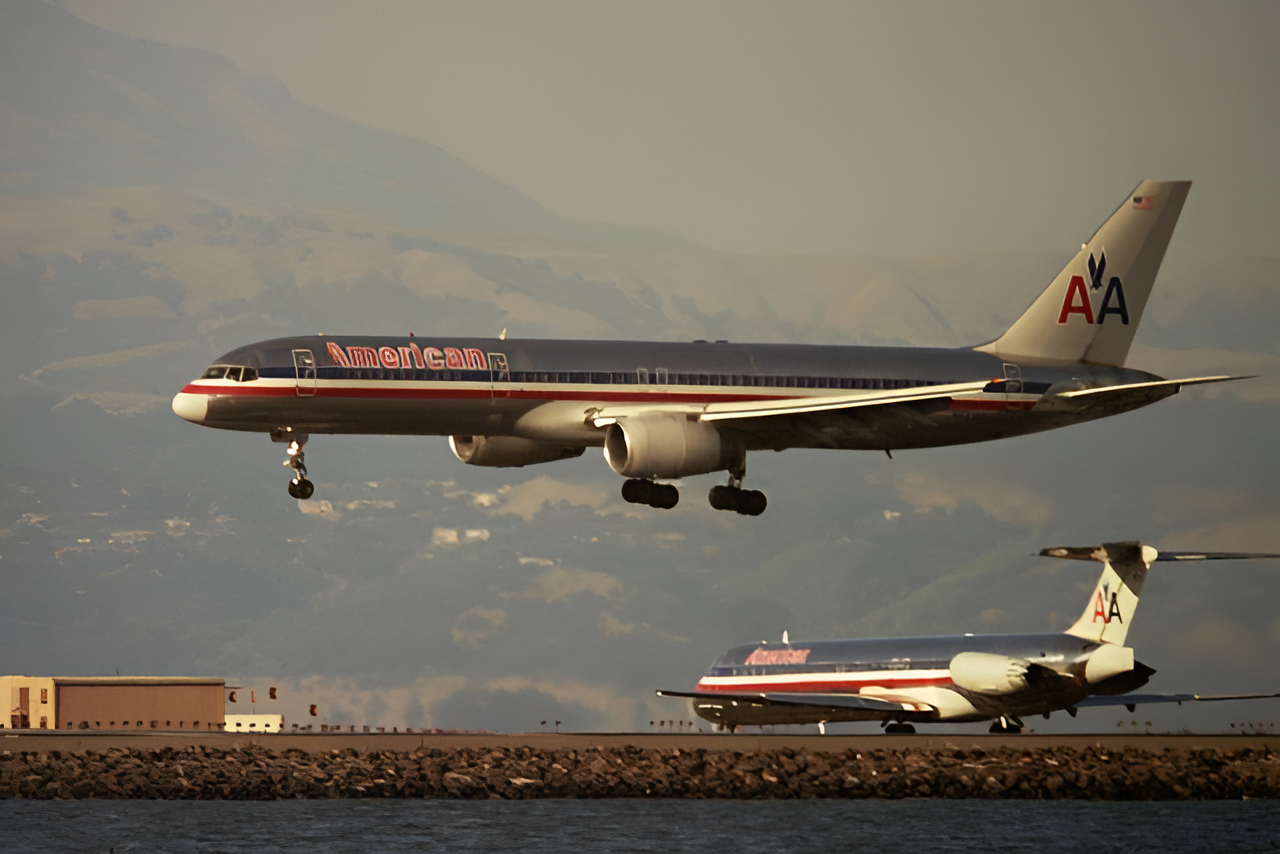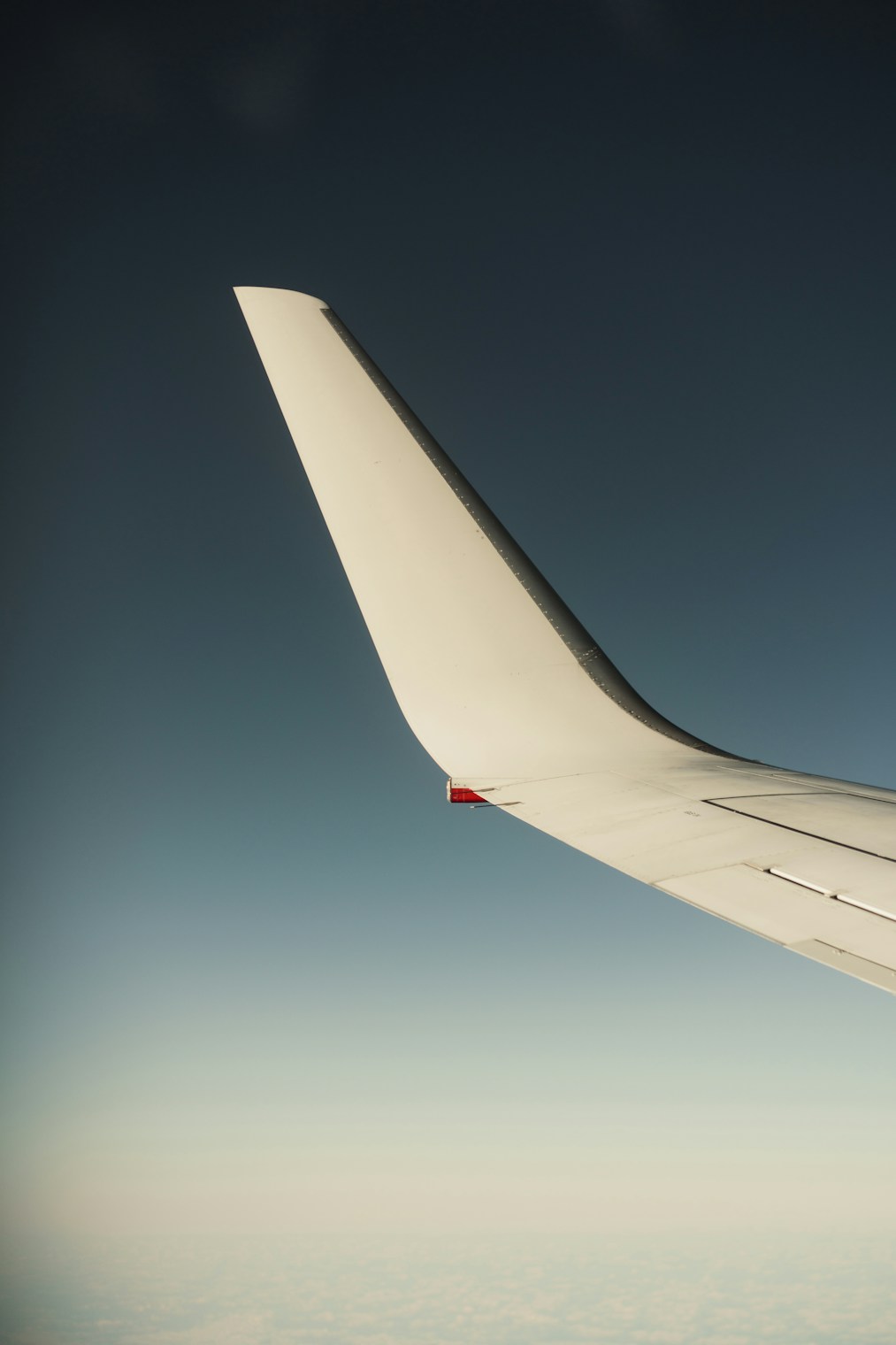By: Aviation Co.
The McDonnell Douglas MD-80, also affectionately known as the “Super 80” and nicknamed the “Mad Dog,” has long held a special place in aviation history. Originally designed as a stretched, re-engined version of the DC-9, the MD80 series (including the widely used McDonnell Douglas MD-82) first took flight in 1980 and quickly became a favorite among major carriers like TWA and American Airlines. Its rugged design, narrowbody frame, and twin rear-mounted turbofans made it a staple for medium-range routes throughout the 1980s and 1990s.
Once a workhorse of commercial aviation, this medium-range narrowbody aircraft is earning renewed attention in 2025. In this article, we’ll explore the aircraft’s evolution, its surprising return to service, and why it continues to matter in a rapidly modernizing airline industry.
A surprising comeback in 2025
Though the MD80 was retired by most major U.S. carriers by 2019, 2025 has brought a surprising resurgence. The aviation community took notice when a refurbished MD80, once operated by American Airlines, made its return to the skies with an MD-80 flight from Roswell, New Mexico to Saltillo, Mexico. This aircraft, tail number N984TW, holds special significance as it was the last MD80 ever produced. Its successful takeoff in early 2025 signaled a broader trend: the Mad Dog is back.
Why the MD80 still matters
Despite its age, the MD80 continues to prove its value in various sectors. While modern fleets often favor newer models from Boeing and Airbus, like the Boeing 737 and Airbus A320, the MD-80 aircraft still finds relevance in specialized operations that prioritize reliability and cost efficiency.
Not to mention, its medium-range capabilities make it a reliable option for both passenger and cargo flights. Operators in Central and South America—and charter and government services—still rely on the aircraft’s dependable performance. Its sturdy landing gear and robust fuselage design are key reasons the MD80 has outlasted many of its contemporaries.
MD80’s adaptability across the industry
One reason for the MD80’s renewed presence is its adaptability. Many of these aircraft have been converted into freighters, taking advantage of their ample fuselage volume and high fuel capacity for short-haul cargo transport. Others, particularly the MD87 variant, have been modified for aerial firefighting missions, benefiting from the aircraft’s strong landing gear and ability to operate from remote or less developed airstrips.
Key features of the MD80 keeping it in the skies
Several design elements of the MD80 continue to appeal to operators:
- Turbofans: The rear-mounted Pratt & Whitney JT8D turbofan engines reduce cabin noise and are easier to maintain in certain operating environments.
- Fuel Capacity: With a fuel capacity of around 6,970 gallons, the MD80 is well-suited for medium-range flights, offering a solid balance between range and operational cost.
- Wing Span: With a wing span of just over 107 feet, the MD80 offers stable performance on both short and medium-range routes.
- Narrowbody Design: The single-aisle layout makes it a flexible choice for regional routes, charter services, and even VIP configurations.
- EFIS Upgrades: Some MD80 variants were retrofitted with modern Electronic Flight Instrument Systems (EFIS), enhancing cockpit efficiency and aligning older aircraft with more contemporary avionics standards.
- First Flight Legacy: With its first flight dating back over four decades, the MD80’s continued use speaks volumes about its engineering and reliability.
These features highlight why the MD80 remains a dependable choice for operators seeking a balance of performance, durability, and cost-effectiveness—even decades after its debut.
Who’s still flying the MD80 in 2025?
Although largely phased out of the mainstream airline industry, the MD80 has carved out a new role in niche markets and private operations. While you won’t find MD80s flying for carriers like Delta Airlines or American Airlines anymore, the MD80 continues to meet FAA safety regulations, and several smaller carriers and cargo operators still depend on the aircraft.
In 2025, airlines like Aeronaves TSM in Mexico continue to operate MD80 freighters, while charter services across Latin America rely on the aircraft for passenger transport. Its rugged construction, spacious fuselage, and adaptability make it especially well-suited for specialized missions and less conventional operations.
Parts are also still relatively accessible, and many aviation mechanics are familiar with the aircraft’s systems, further supporting its ongoing operations–especially in regions where newer jets may be too costly to maintain.
What’s next for the Super 80?
Though the MD80’s days in mainstream commercial aviation are behind it, its story is far from over. Its revival in 2025 shows that there is still a place for the Mad Dog in today’s aviation landscape. From carrying cargo across remote regions to dropping fire retardant over burning forests, the Super 80 continues to serve with distinction.
The MD80 isn’t just a relic of the past—it’s a working legend. And as more of these aircraft find new life in freighter fleets and special operations, it’s clear that the final chapter of the MD80 has yet to be written. Whether you’re plane-spotting in Dallas-Fort Worth or New York, you might just catch one of these iconic aircraft making a rare appearance in the skies.
What do you think? Does the MD80 deserve its second wind, or is its continued use just a stopgap in an evolving airline industry? You can expect conversation starters like this in our soon-to-launch forums: a space where aviation lovers, frequent flyers, and industry pros can connect. Sign up for our waitlist to be the first to know when we launch.


